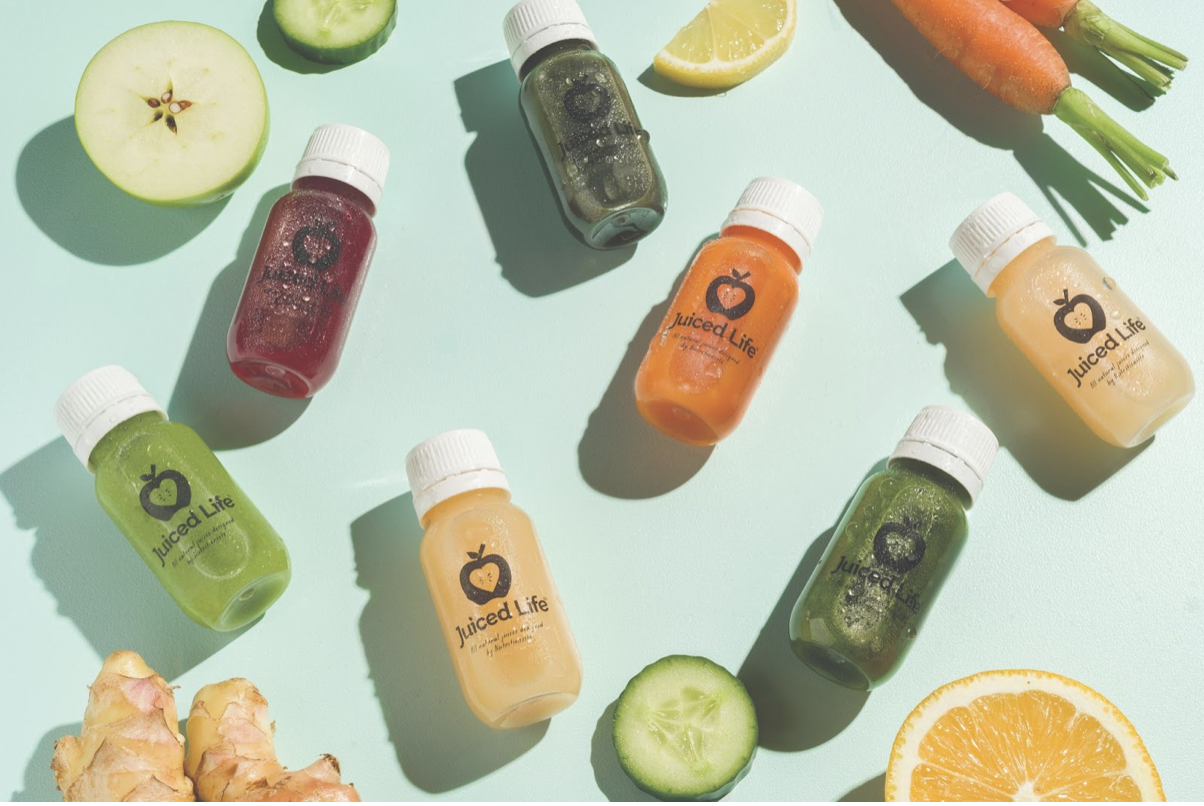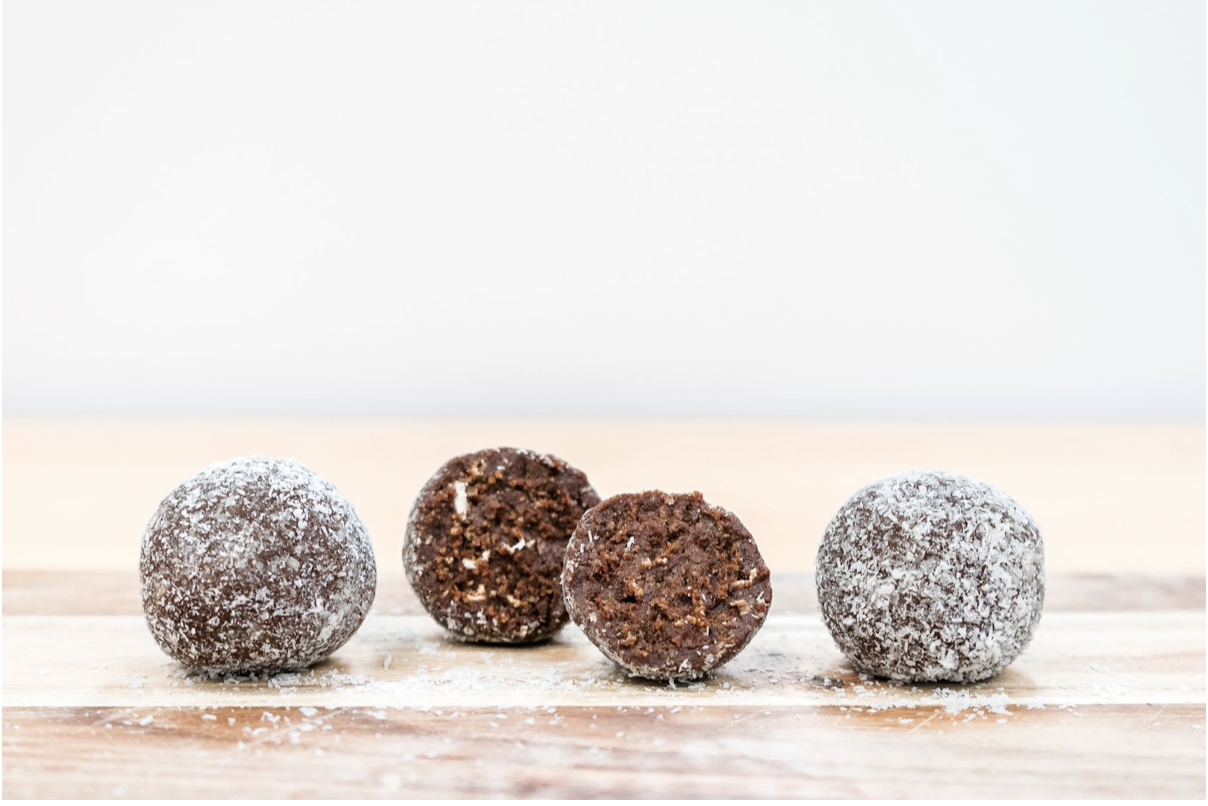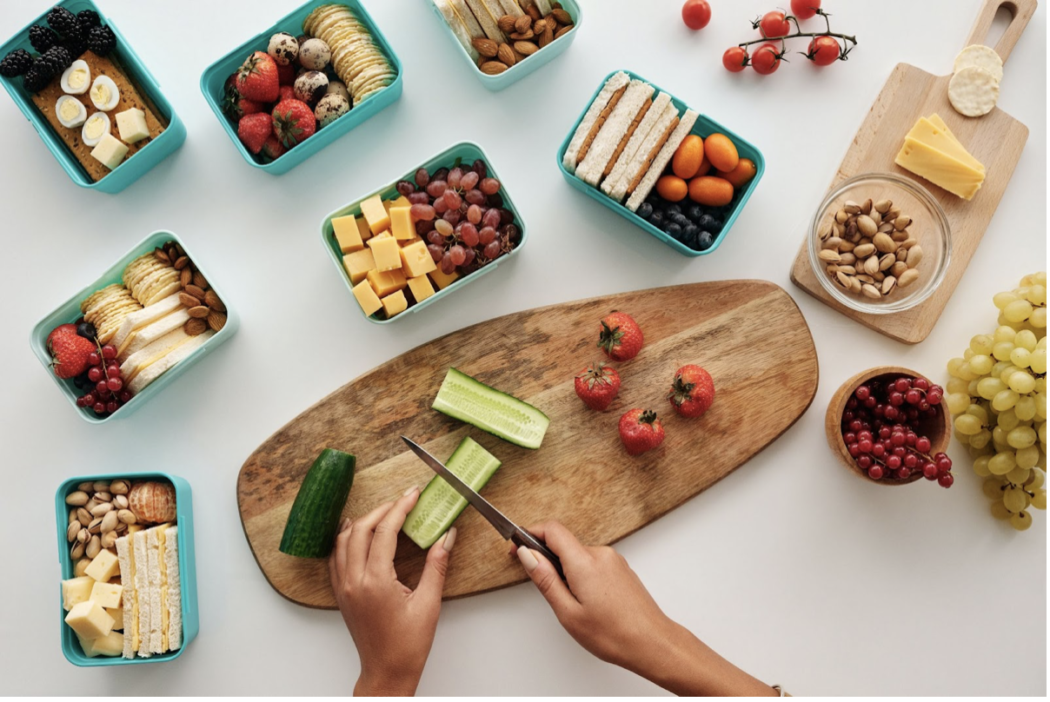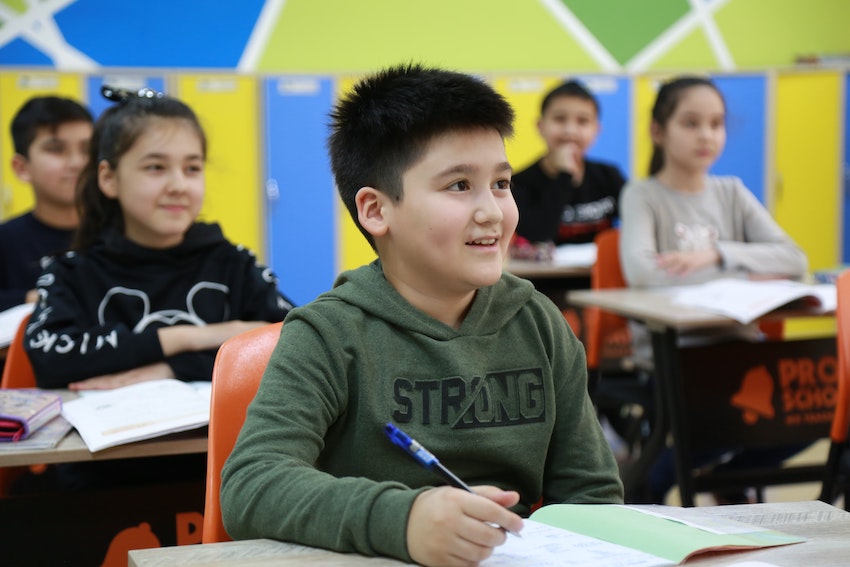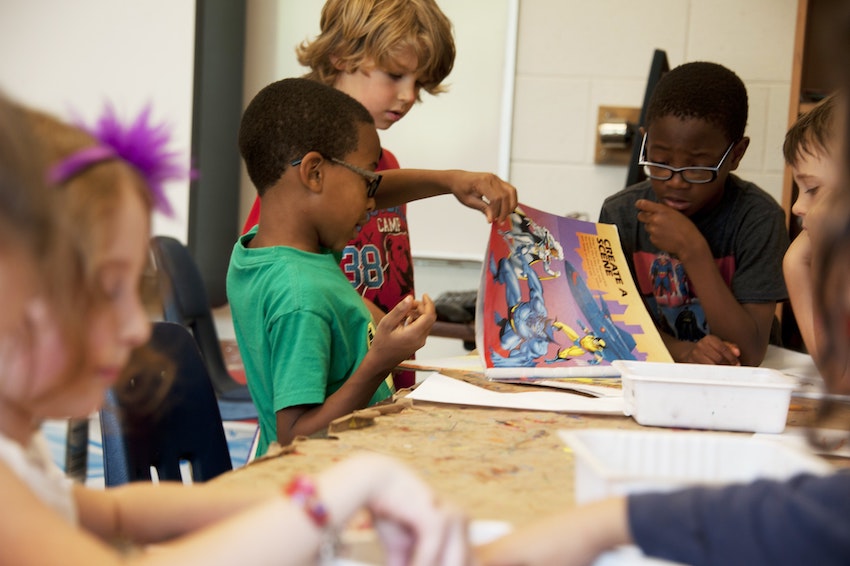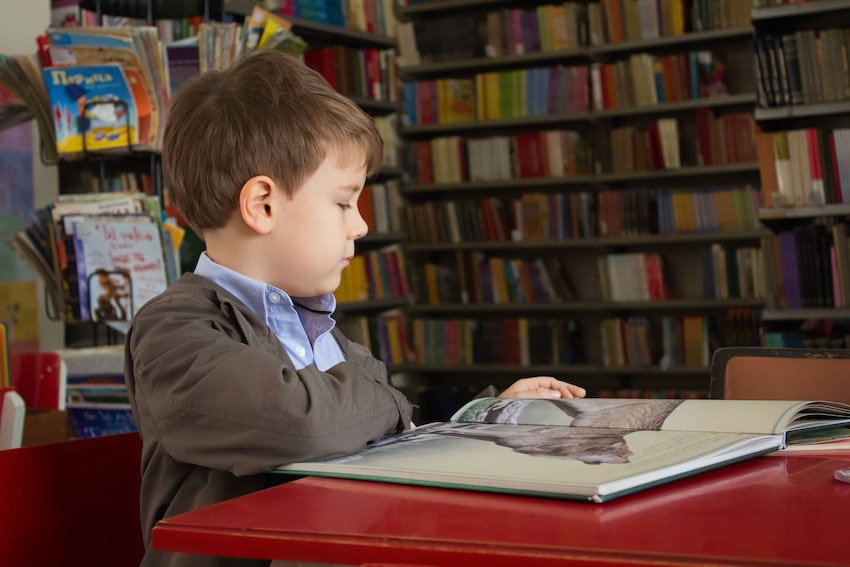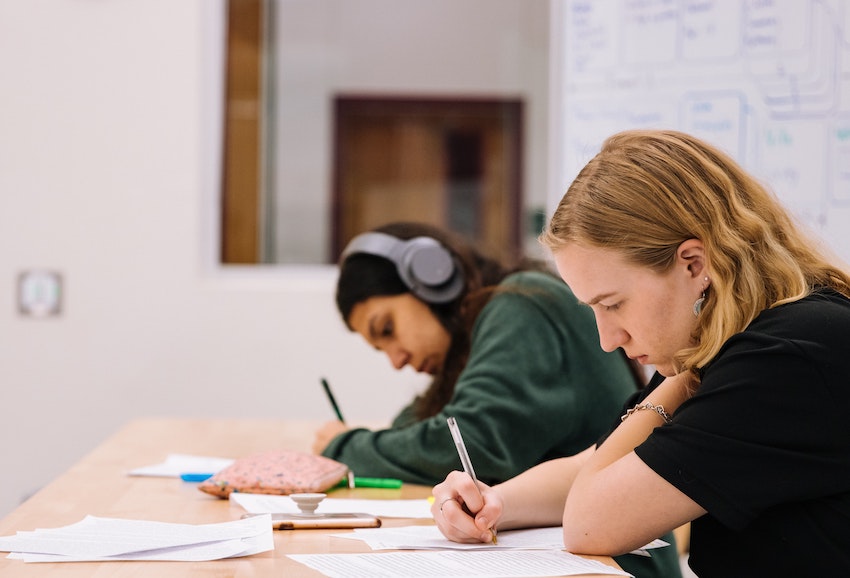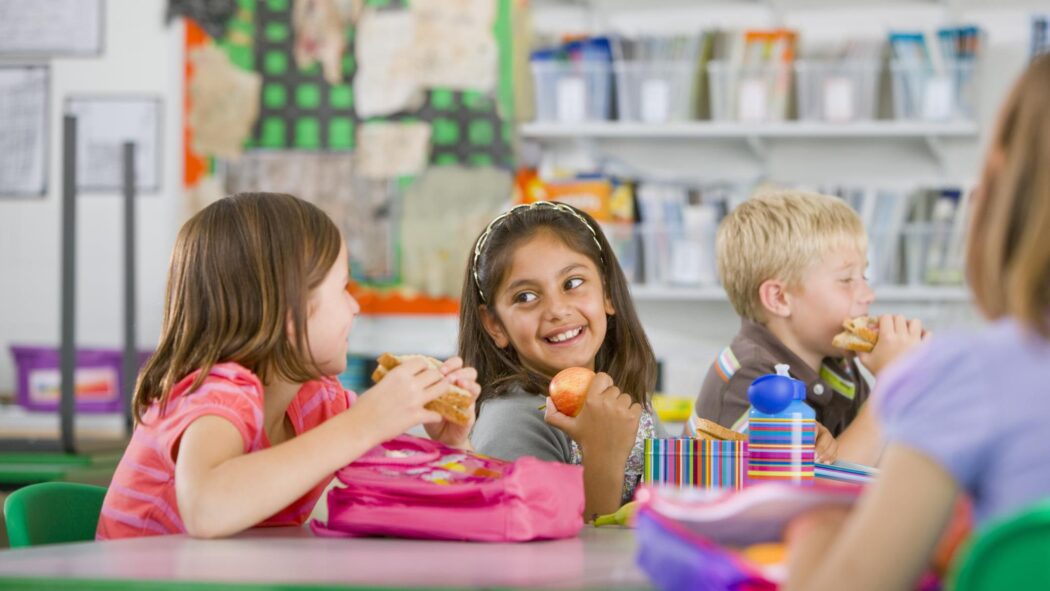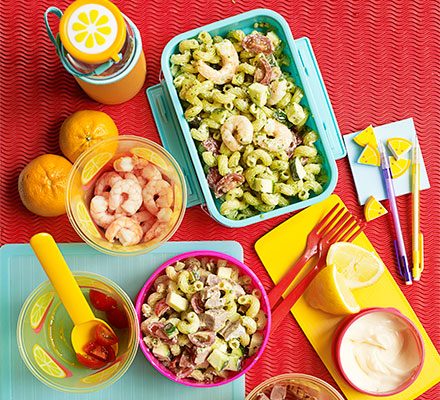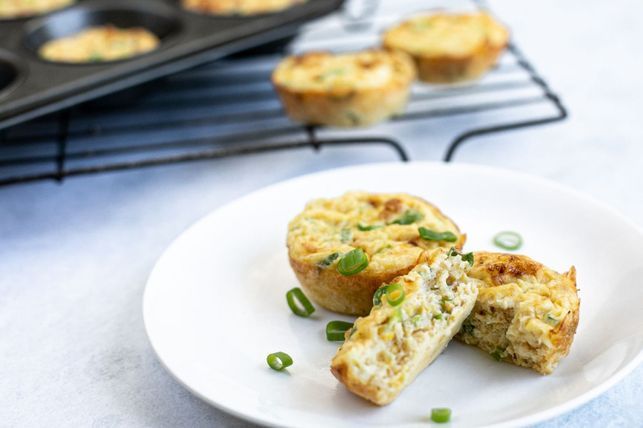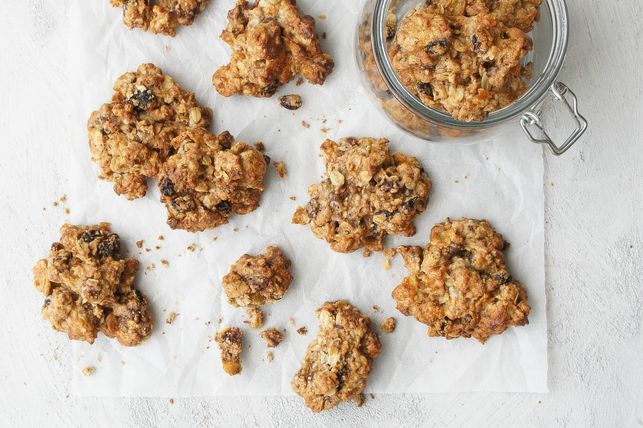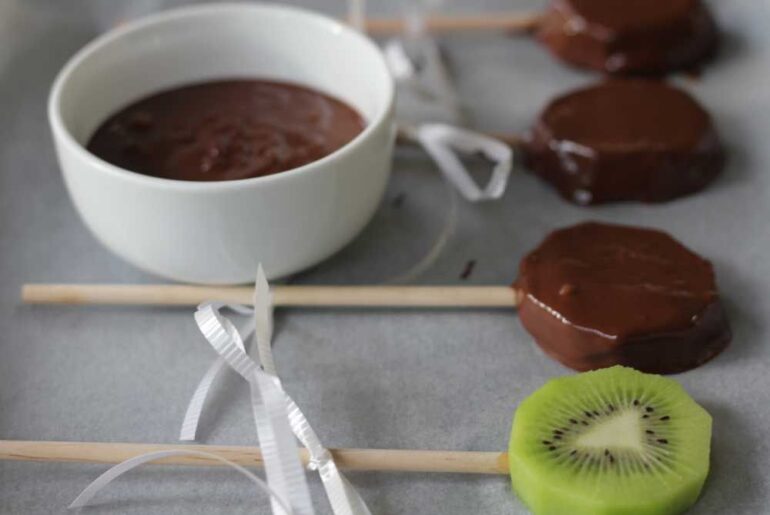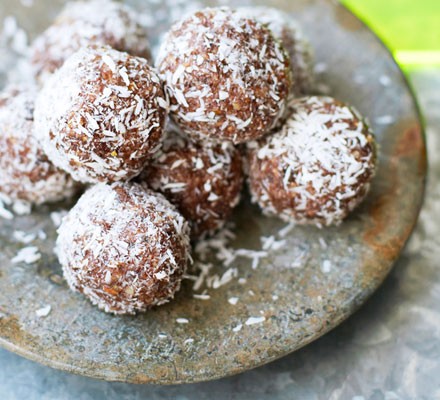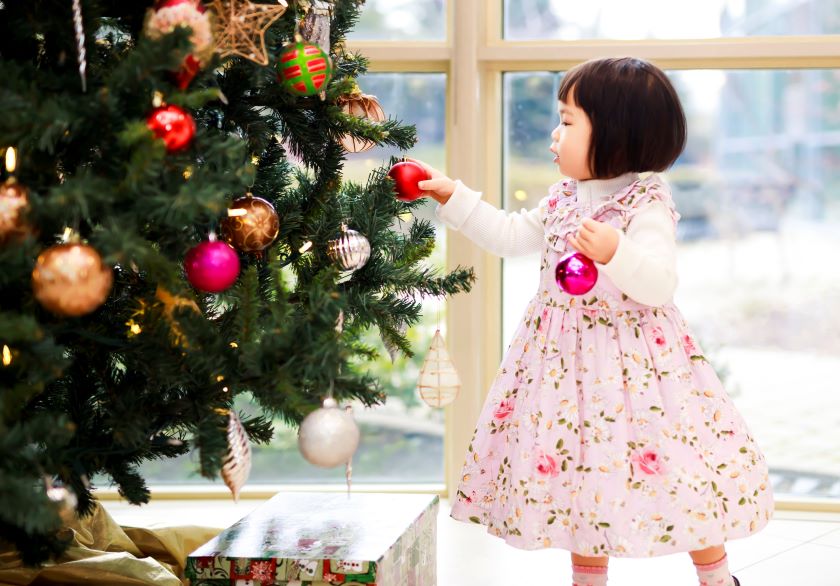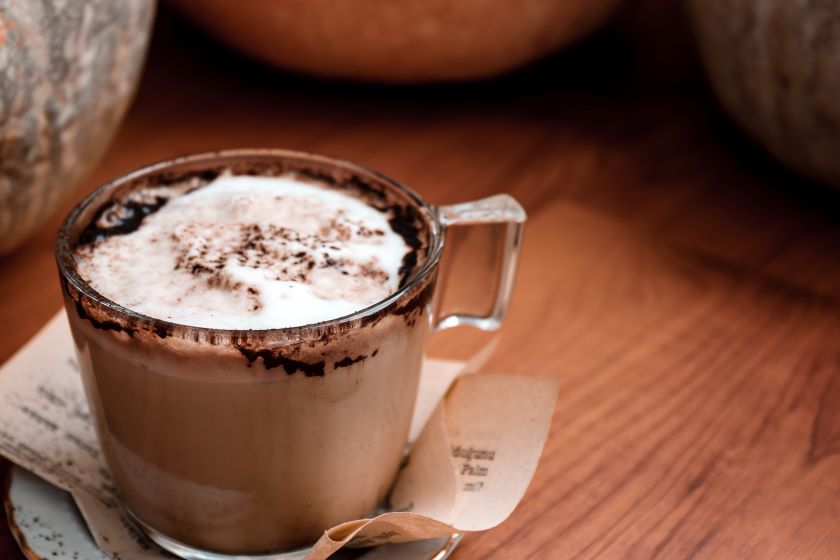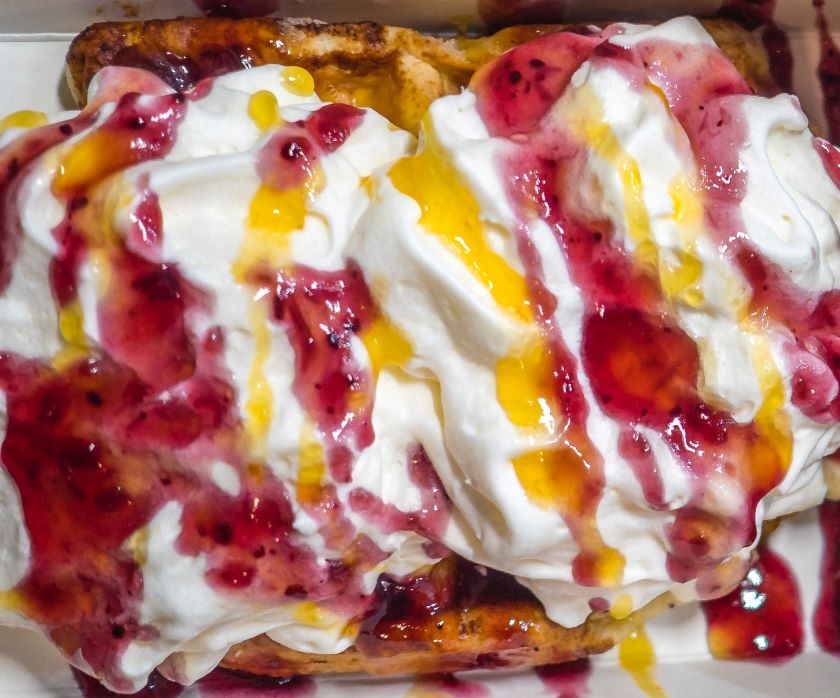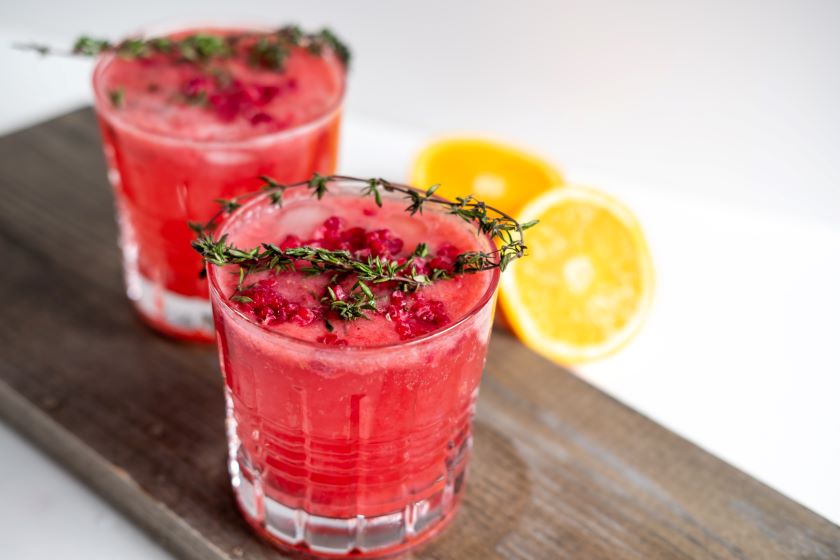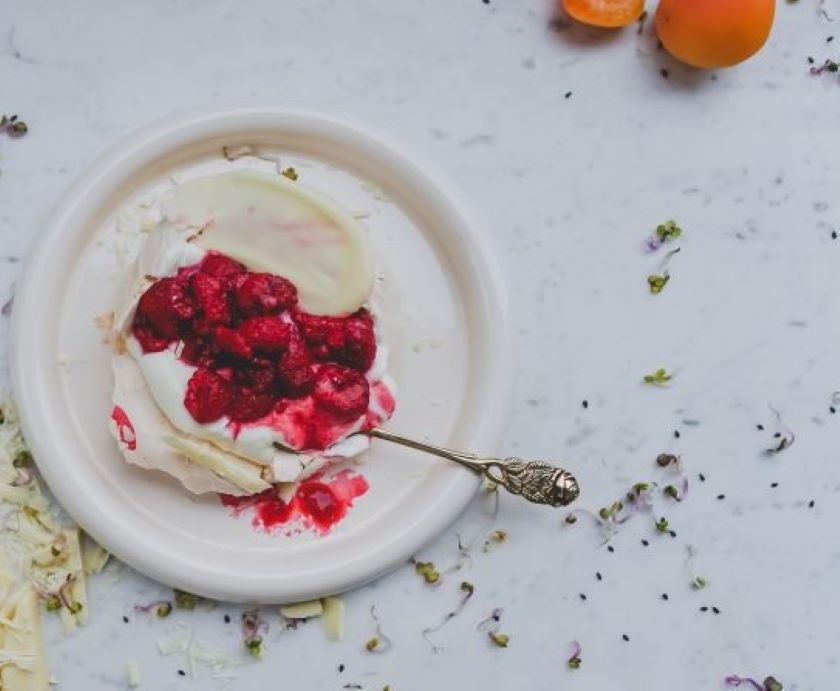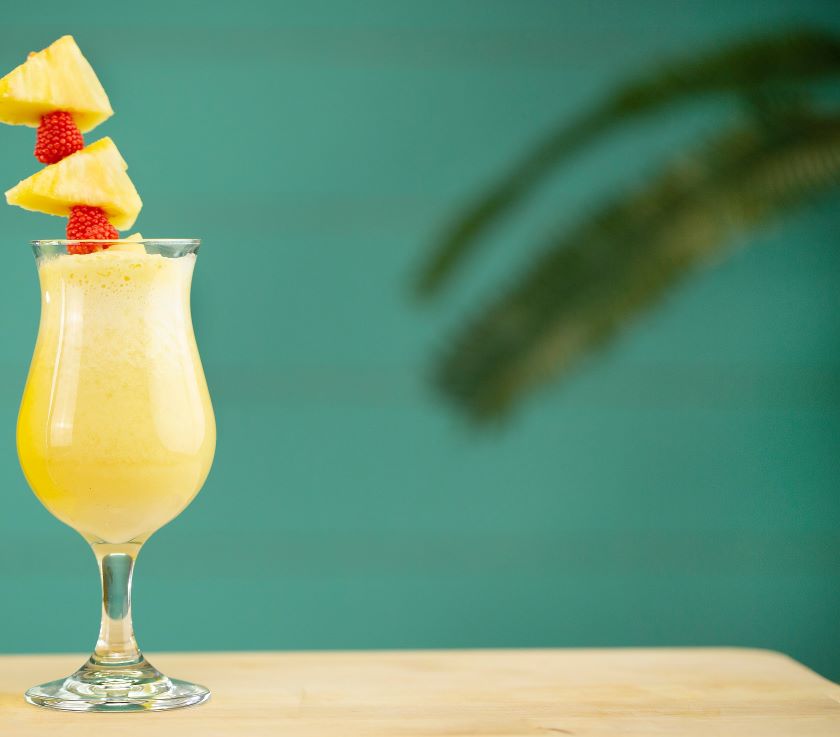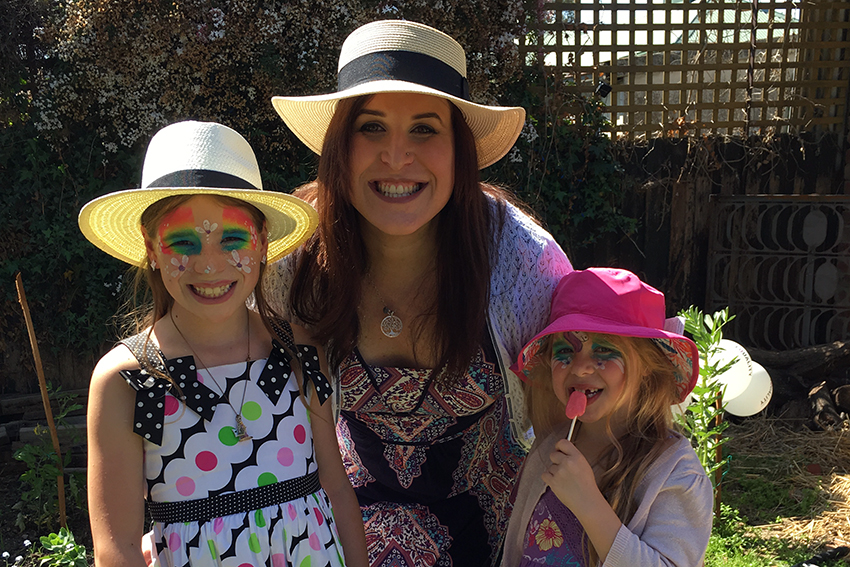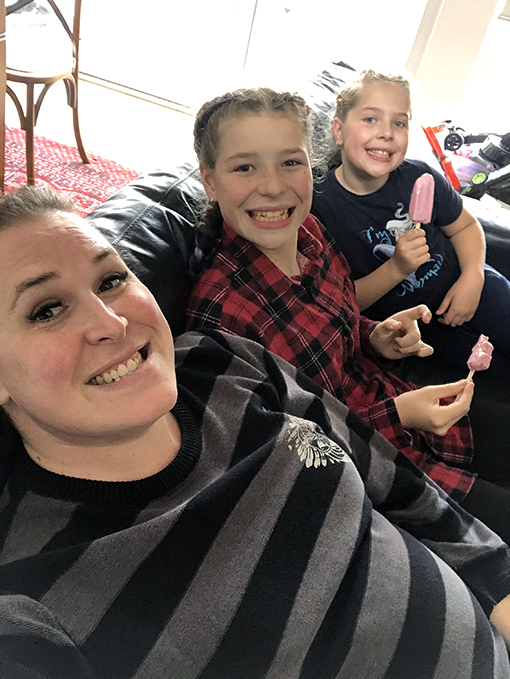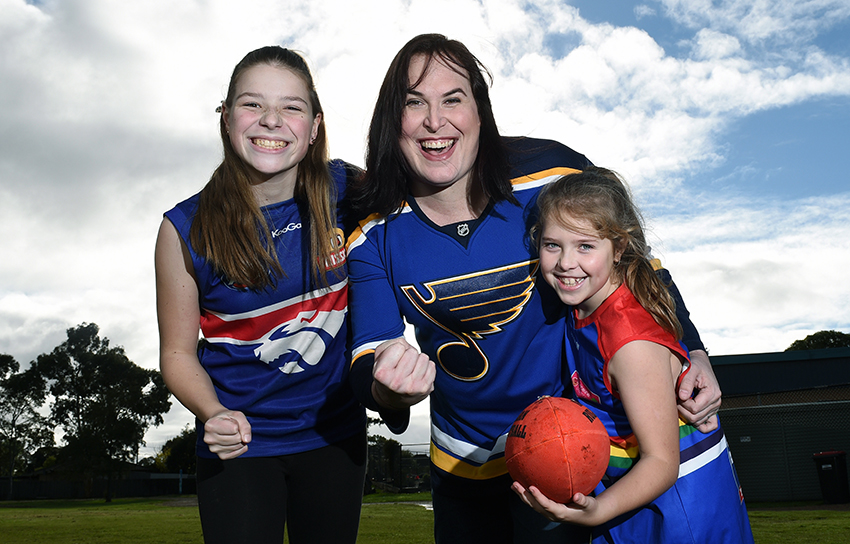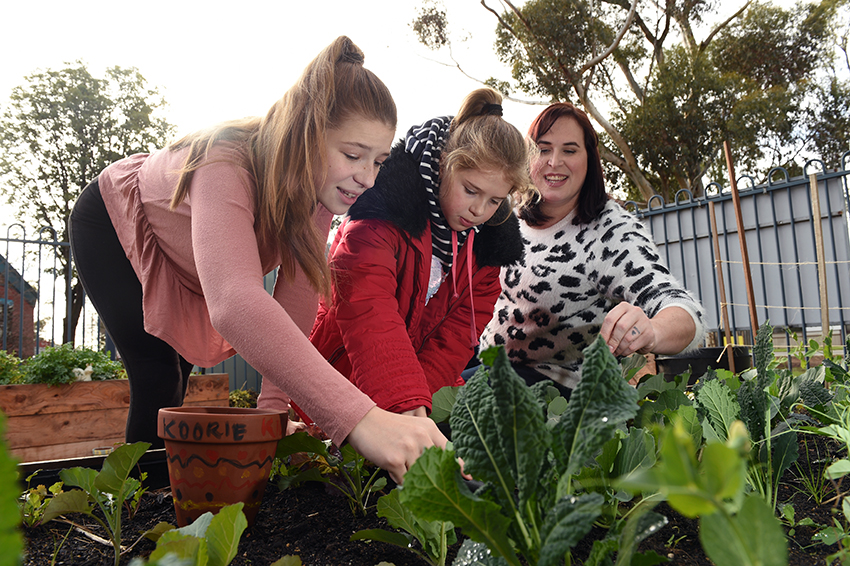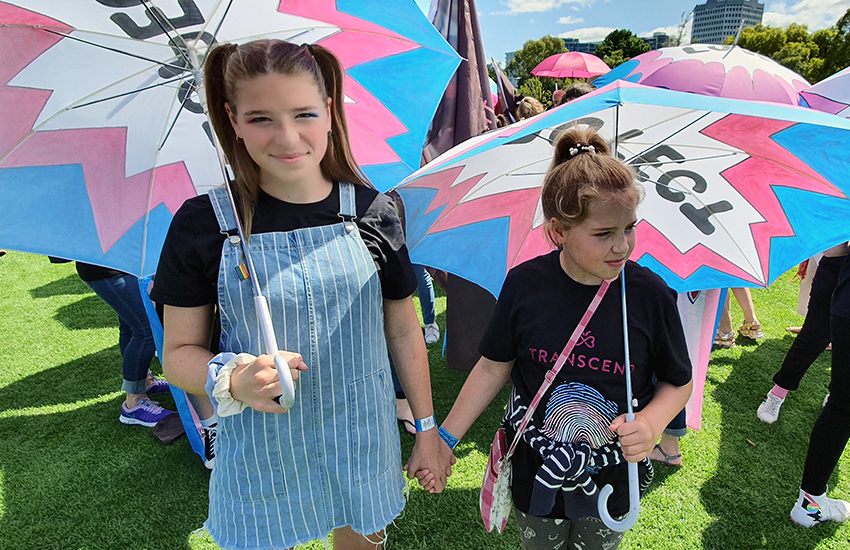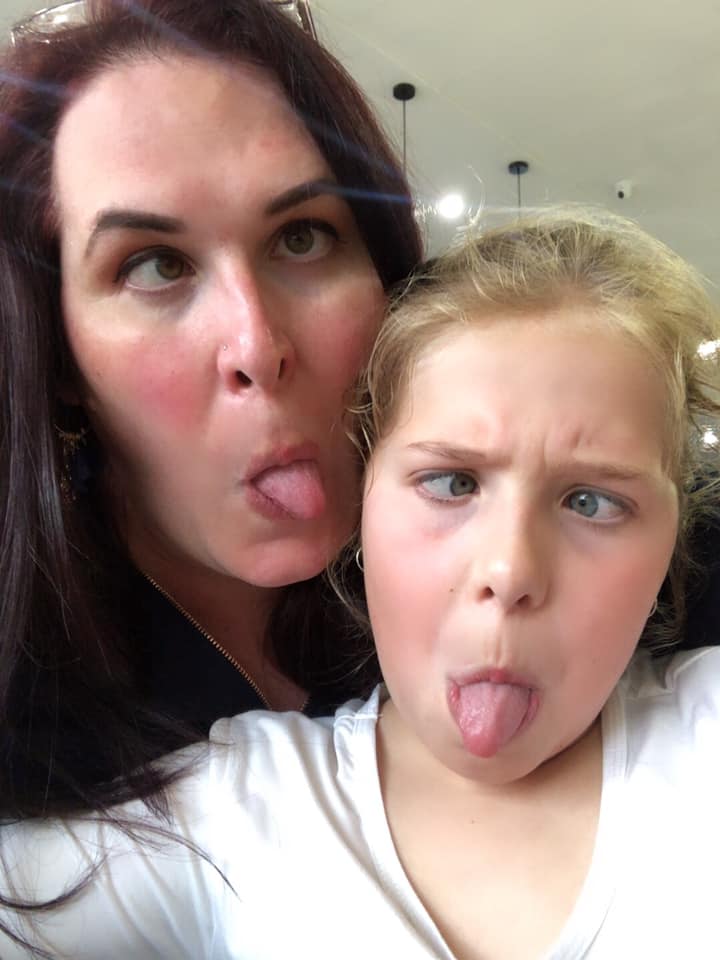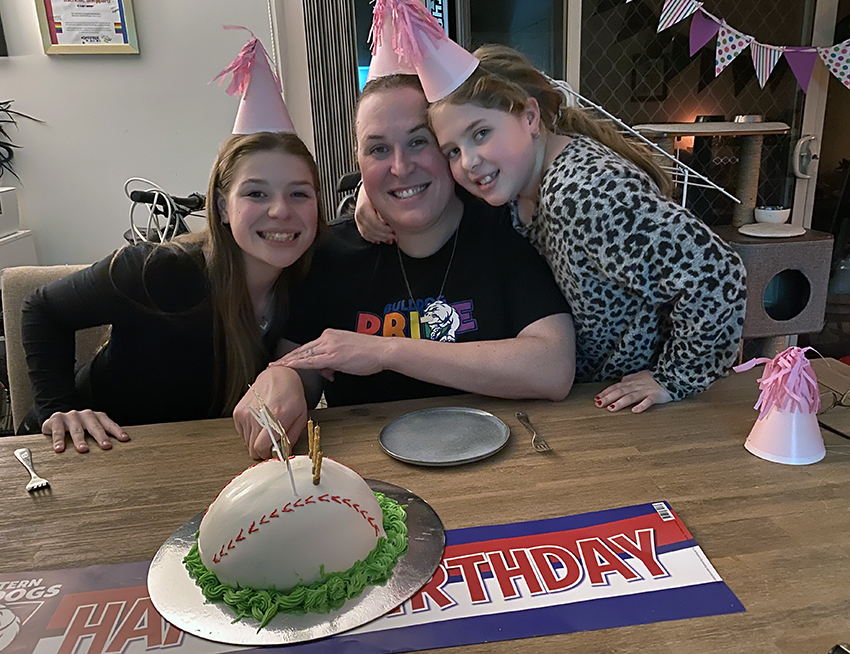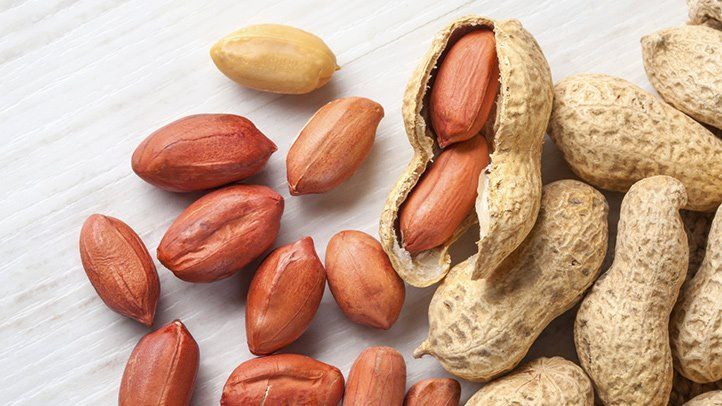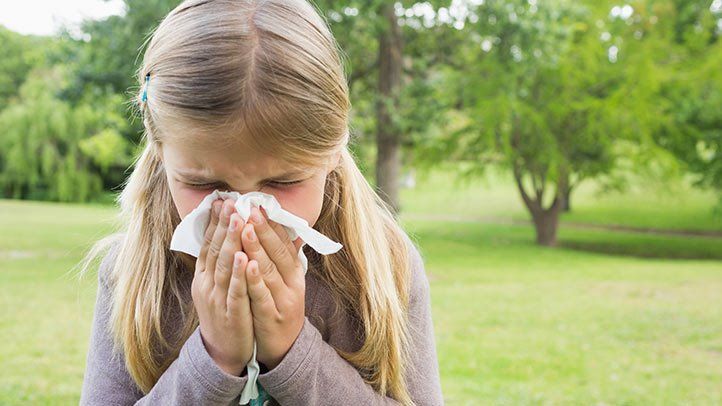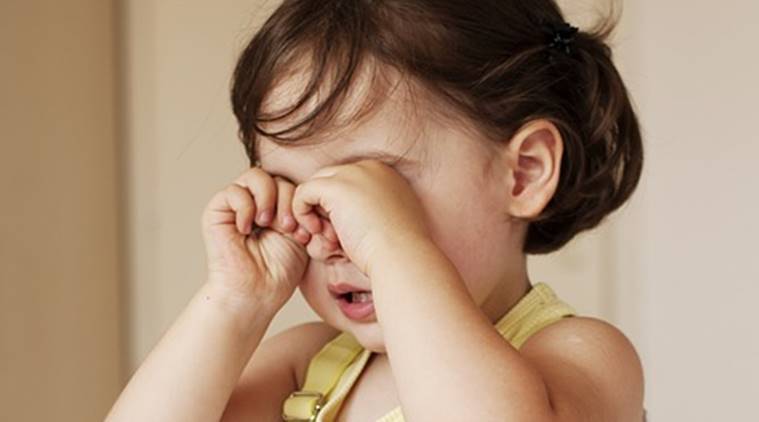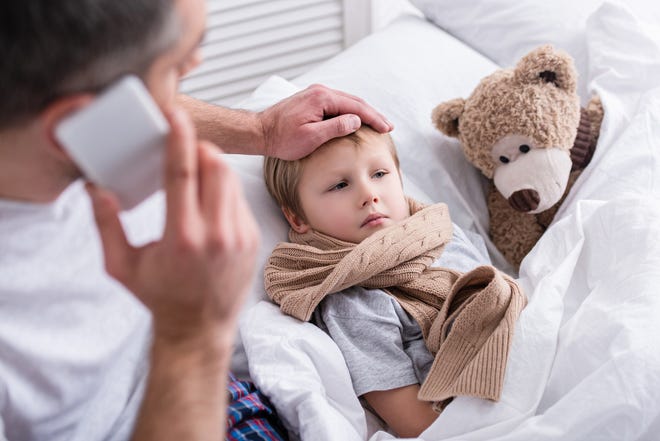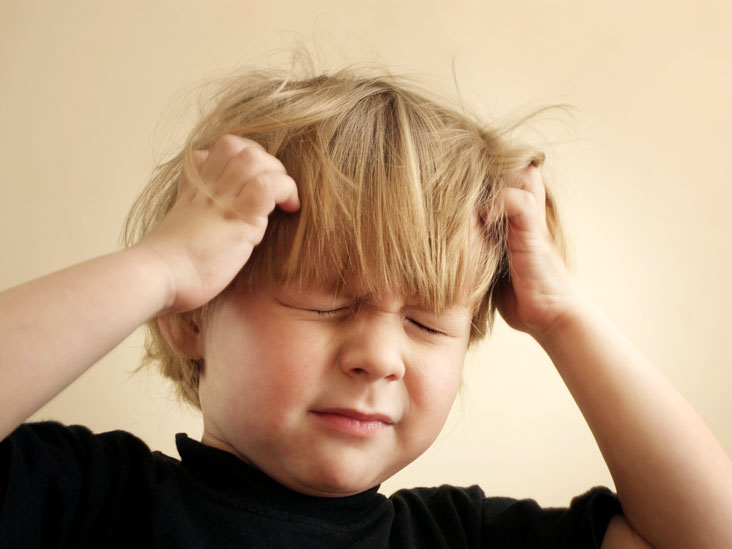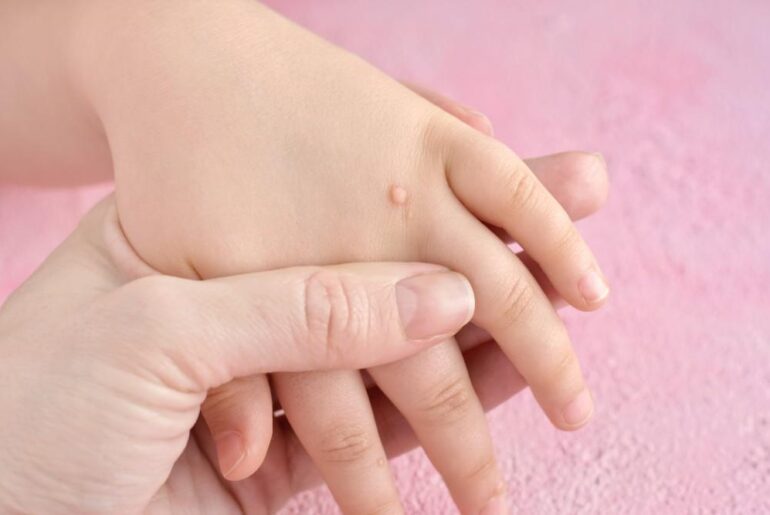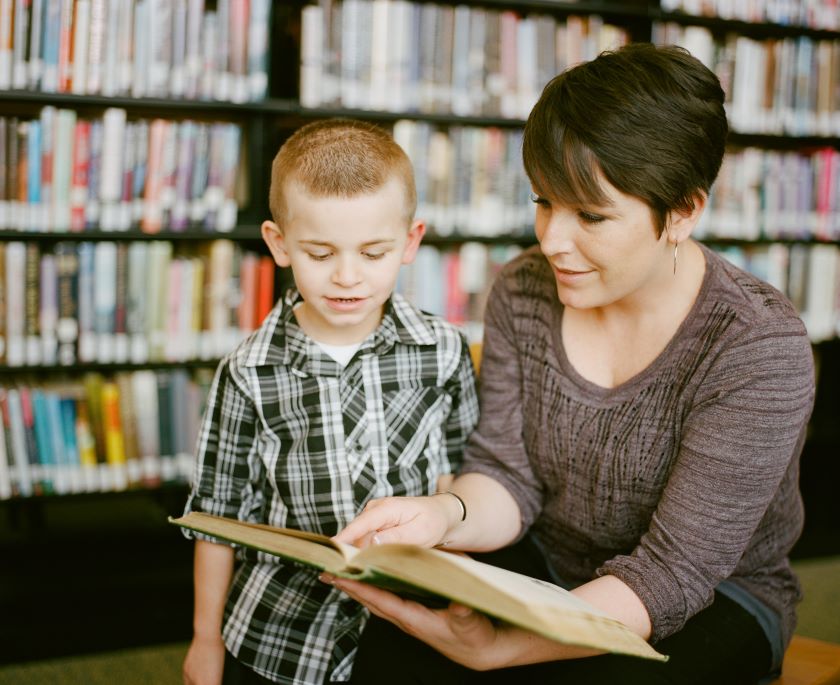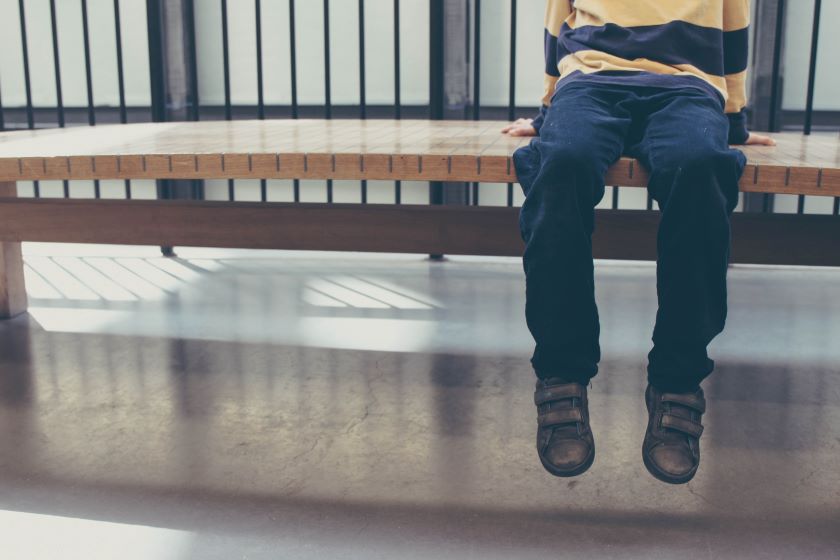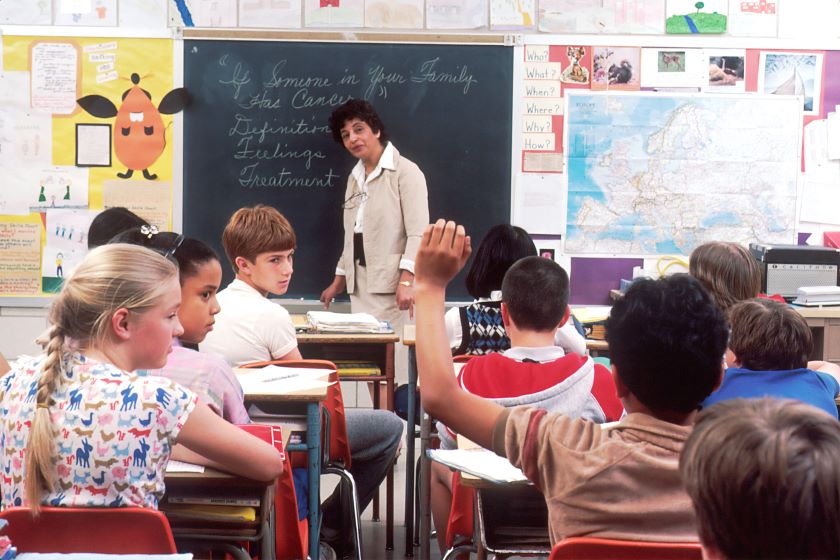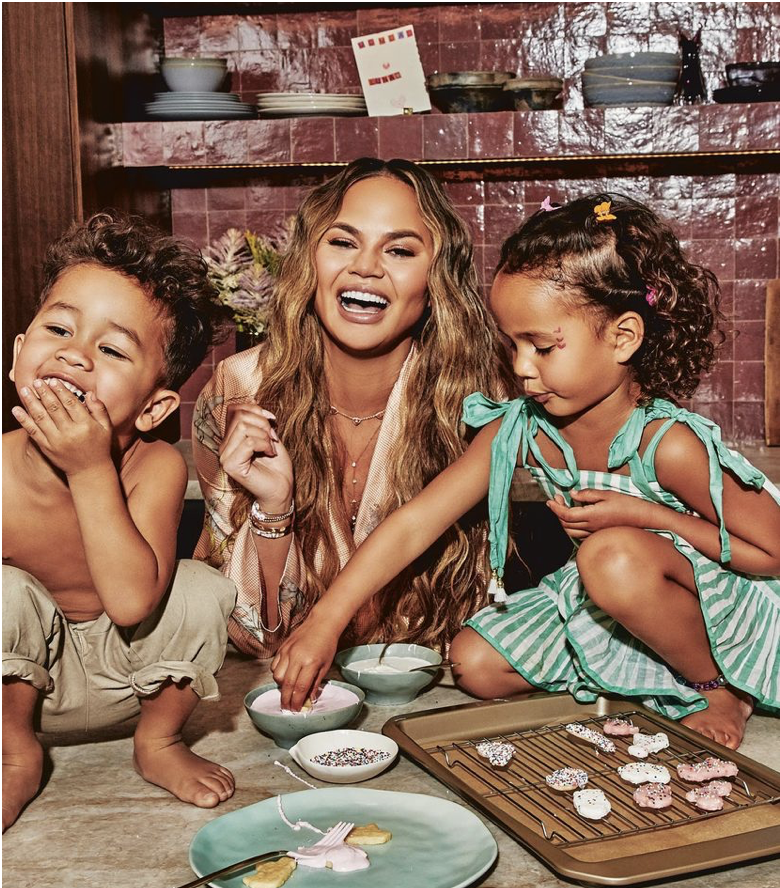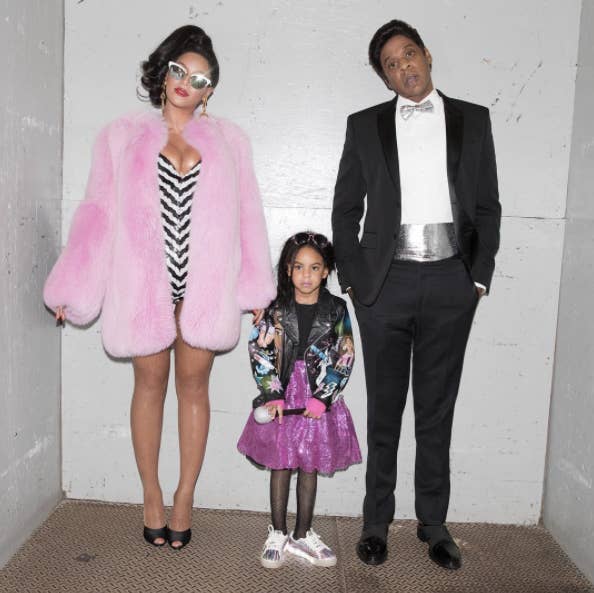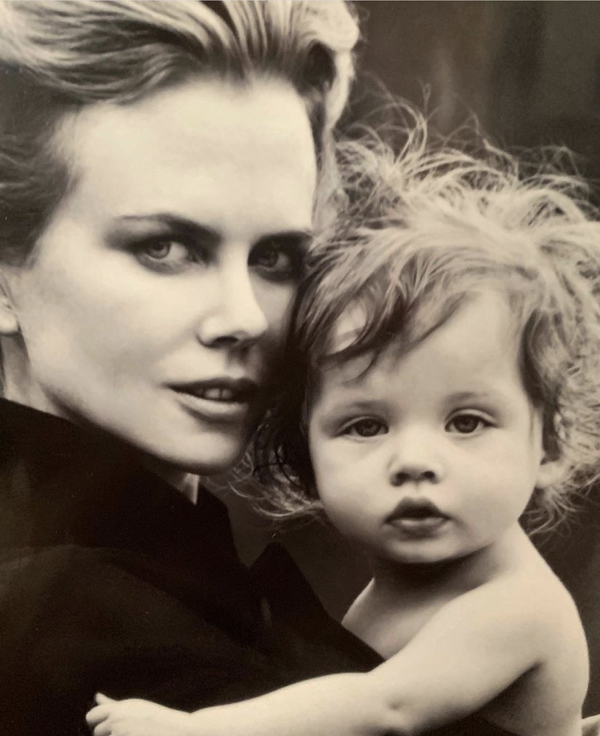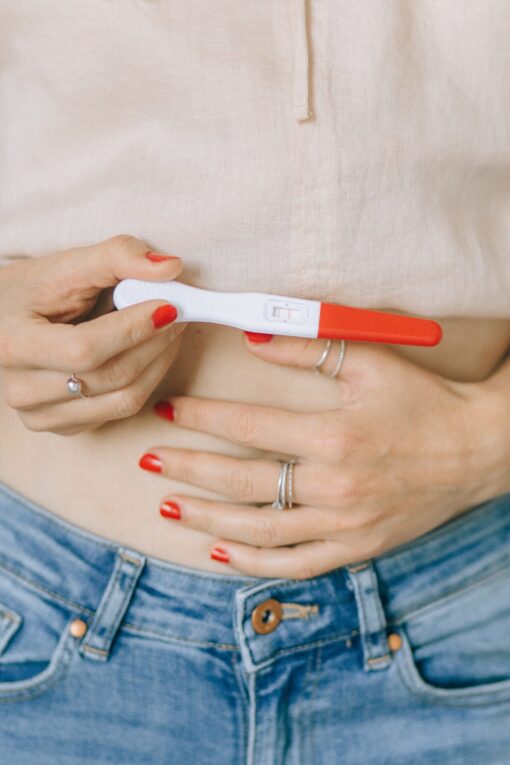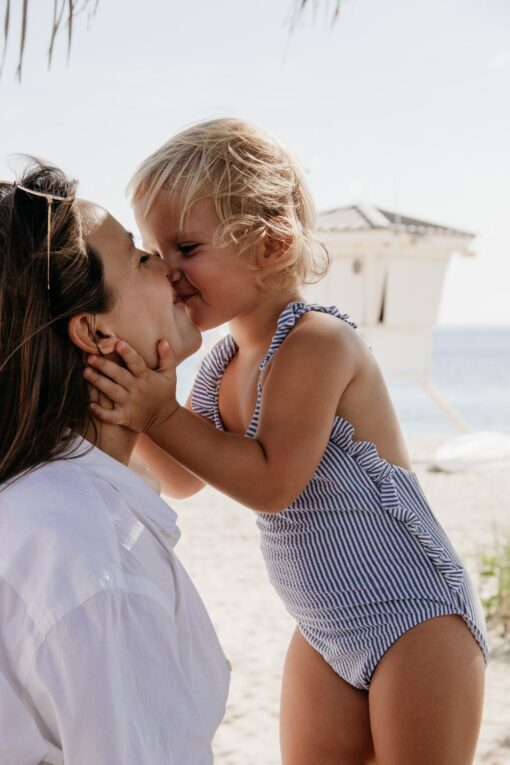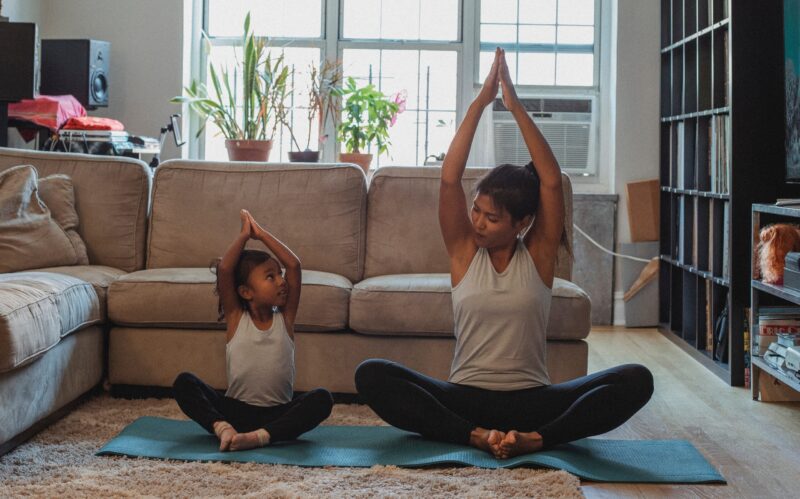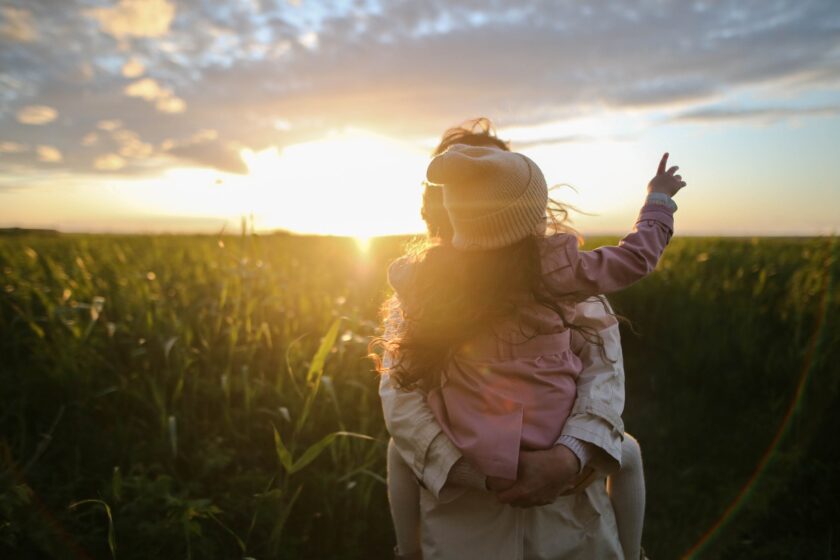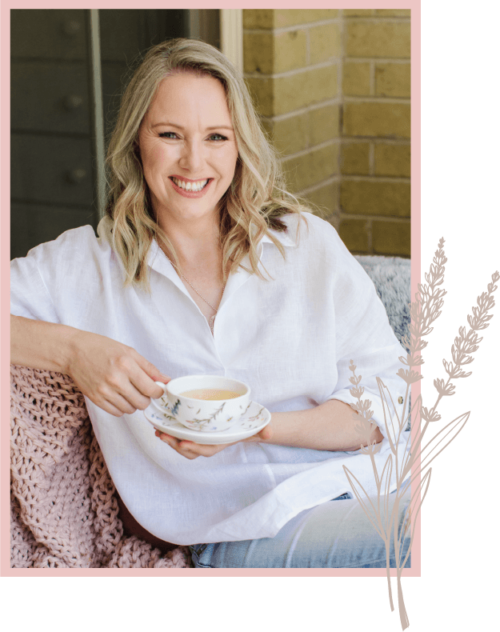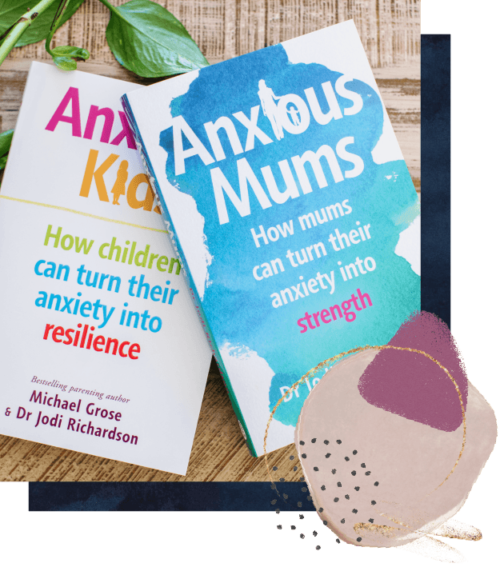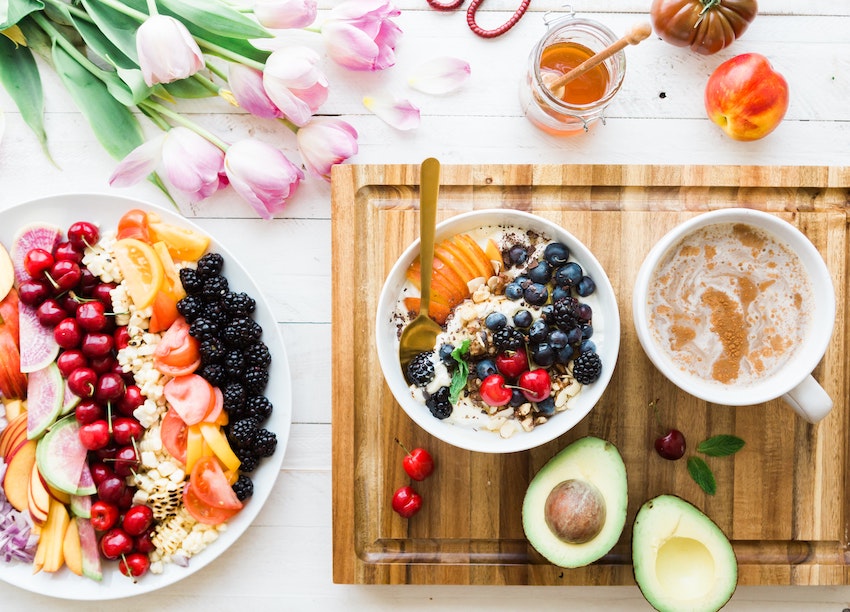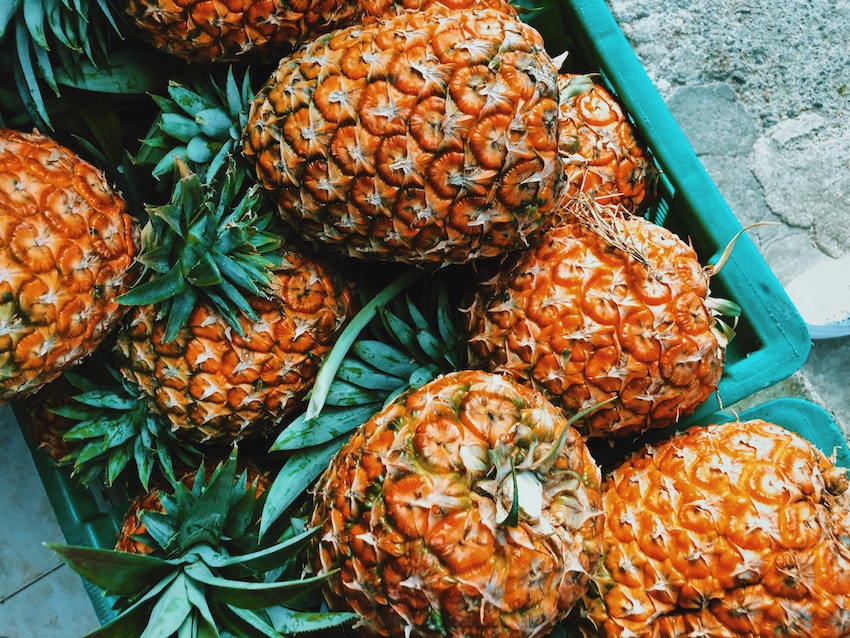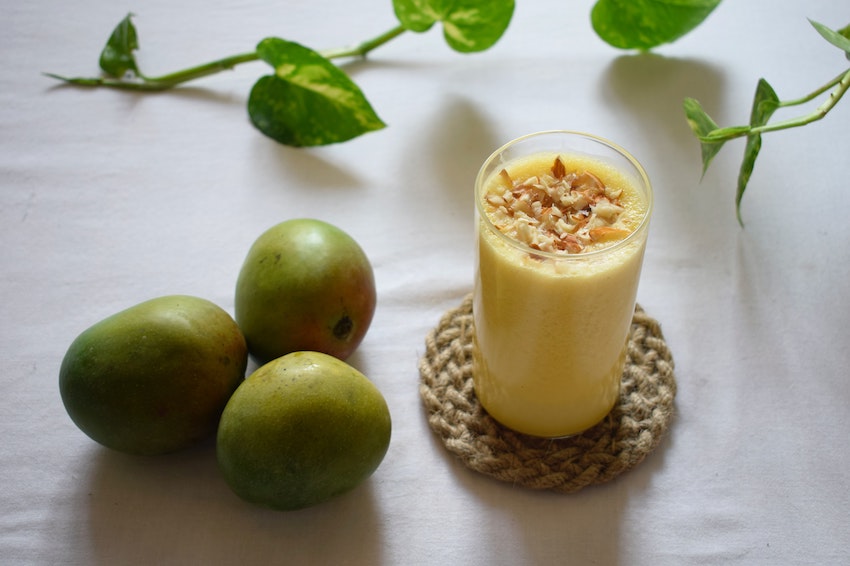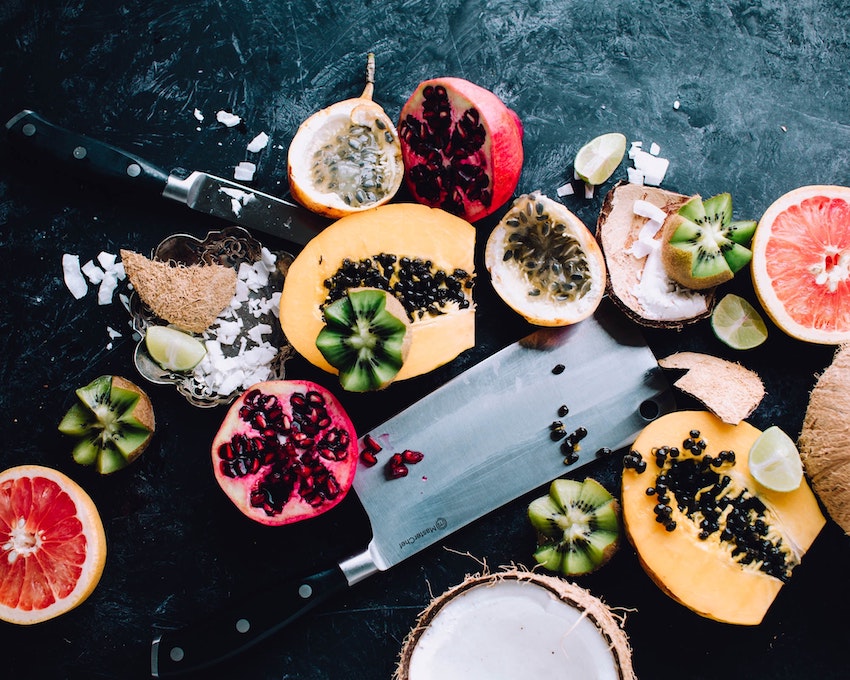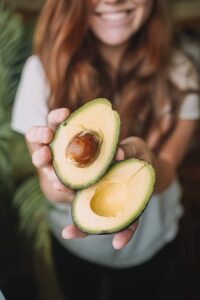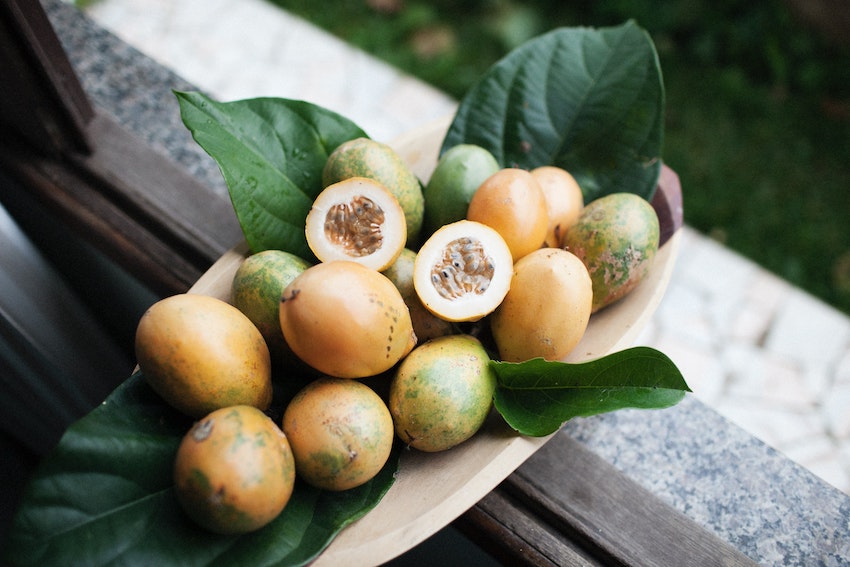Melbourne mum Michelle Sheppard speaks openly about the highs and lows of her gender transition, what she’s learned, and how her daughters have been invaluable in helping her through the process.
Michelle Sheppard, known affectionately to many as Mama Mish, came out as transgender eight years ago, at the age of 36. At the time she came out she was Daniel, a husband with two young daughters.
Although, Michelle says, her 13-year marriage was disintegrating. Both she and her wife had become complacent, spending less and less time nourishing their relationship.
Date nights and time spent together had dwindled away; they were just ‘there’ together.
As she started to explore her feelings about being transgender, Michelle realised it was not a place she and her wife could go together.
When Michelle eventually disclosed to her wife that she was trans, it wasn’t well received. While there was fear and hurt on both sides, she understood her wife’s reaction.
“It was very hard for her,” Michelle shares. “Her husband of 13 years who is this tall, 6’3” American who’s very masculine says they want to be a woman. It’s like, ‘What the fuck?’, you know.”
“In the early days, I had to allow my ex to express what she needed to, to get it out of her system. It didn’t matter whether it was aggressive, whether it was her expressing her hurt and her pain, I had to allow her to go through that, to feel that. It wasn’t easy, it was very hard to watch.”
Raised in the conservative US city of St. Louis, Michelle was exposed to well-defined gender roles early, which she says underpinned her decision to marry and start a family.
“Coming from the Bible Belt, gender roles were quite strong there. A man’s a man and he does this role, a woman’s a woman and she does this role. There was pressure to fulfil those particular roles.”
Michelle stuck to these rigid gender roles despite knowing from a young age that she had been born into the wrong body.
“I had known since I was about four. I remember in the playground at school saying things like ‘I should’ve been a girl’. But it wasn’t until near the end of my marriage that I decided I had to dig into this and understand further what was going on.”
The decision to transition was a fraught one, something she wanted desperately to avoid for fear of the repercussions it might have on her wife and children.
“I actually fought against it as much as I could. If I had a pill at the time to make it go away, I probably would’ve taken it. I was worried about how it would impact my kids and my ex.”

Ultimately, Michelle felt she had no choice. She had to live her truth.
Michelle’s overriding concern was how best to navigate the process of transitioning with her daughters in a way that did not negatively affect them. Airlie was about to turn seven, Peyton was three or four.
Michelle’s situation is not an unusual one. Despite the increased visibility of members of the gay, lesbian and bisexual community, the stigma surrounding gender diversity has meant that trans parents are likely to have had children in heterosexual relationships prior to transitioning.
The 2016 Australian Bureau of Statistics (ABS) Census revealed that just over half (54%) of people who identified as sex and/or gender diverse lived in a family household; of these, 49% were a spouse or partner.
When a parent comes out as trans, it can cause anxiety in the family unit as the person embarks on a quest to resolve that differentiation. Trans parents must navigate multiple, contradictory roles to integrate their parental and gender identities.
As a result, all members of the family, including children, end up transitioning with the trans parent.
Unable to rely on professional supports to assist with her transition, which were unavailable at the time, Michelle instead observed how other trans people approached their transition and how it had affected their familial relationships.
“What I found was that a lot of trans people come out – they’re telling everybody – and they want it to change overnight. For me, I realised that if I go one step too forward, if they’re not able to take those steps with me then I need to take a step back and let them catch up.”
So, Michelle adopted an organic approach, actively including Airlie and Peyton in her transition to make sure they felt safe and comfortable.
“We just let things grow and develop. As my hair was getting longer, I let them play with it and braid it. I’d already, a few years before, done a makeup artistry course and so we would do makeup and paint nails. We were allowing the play to happen, and it became a very normal thing like ‘This is what we do with Daddy’.”

Michelle’s girls continued to call her ‘Dad’, which was their choice. And they did so with an accepting caveat: ‘Well, yeah, you’re Dad but you’re a girl,’ they’d say.
The first time Michelle went out socially dressed as a woman, she put her children in charge of deciding what she should wear.
“I allowed them to be part of that. I said, ‘Let’s pick out some clothes.’ My daughters picked out this leopard print skirt, high boot heels,” she recalls with a laugh. “They did my makeup. This was them playing and being part of it. I slowly just let it happen.”
Sometimes, however, Michelle had to put her transition on hold for the sake of her children.
“No matter how much I was growing, and how much I was finally being myself, if I had to keep the reins on then that’s what I’d have to do. Because they need to be comfortable, and I need to make sure that they’re safe in this. As a parent, that’s what’s most important.”

“I let them call the shots because as a parent you don’t come first, they come first. You have to put your needs and wants, a lot of the time, behind when it comes to kids.”
While societal issues such as transphobia and discrimination can make life difficult for children of trans parents, Michelle says that neither Airlie nor Peyton have experienced negative reactions as a result of her transition.
When asked by school friends what they did on the weekend, her daughters respond with something like ‘I was at Dad’s house, hanging with her’, Michelle explains. When challenged – ‘you mean he, your dad’s a he’ – they correct their friends without a second thought: ‘No, my dad’s a girl.’
Adults have not been as understanding. Michelle blames the negative comments made by other parents to her daughters – ‘How disgusting, they’re tricking you’ or ‘The poor children will never have a father figure’ – on the media’s portrayal of trans people.

Big-screen characters such as Buffalo Bill in The Silence of the Lambs (1991), The Rocky Horror Picture Show’s (1975) Frank-N-Furter, and Einhorn in Ace Ventura: Pet Detective (1994) have helped to normalise transgender misrepresentation.
Trans representation is no better on television where, according to American media-watch organisation, GLAAD, trans characters were cast as victims at least 40% of the time, as killers or villains in at least 21% of storylines, and the most common profession for transgender characters was sex work.
Because many people don’t personally know a transgender person, they look to the media for information and understanding. Unfortunately, the media tends to portray trans people as deviants, criminals, and murderers, creating the misunderstanding that a lot of adults have in relation to trans people.
Stereotypes are a bit like air: they’re invisible but always present.
“It’s adults who respond the worst because adults subscribe to stereotypes and stereotypes are those over-generalised beliefs about a category of people,” Michelle says, her voice tinged with disappointment. “Stereotypes are a bit like air: they’re invisible but always present.”
Thankfully, children are less likely to subscribe to these stereotypes. Research shows that, over time, children develop a range of strategies to cope with parental role ambiguity, redefining and restructuring the child-parent relationship.

Family continuity, communication, and acceptance positively contribute to how children adapt to a parent’s transition. Often, children are aware of gender-atypical behaviours exhibited by a parent that, in retrospect, align with their parent’s gender identity.
That was certainly the case with Airlie and Peyton, given how young they were when Michelle began her transition. “They’ve never known me the old way,” she says, “this is all they’ve ever known.”
Michelle’s daughters have been crucial to her journey.
She recounts a particularly dark period early in her transition, where her daughters provided the impetus for her to continue.
“There was a point within the first year. It got tough. I couldn’t find work. And as a parent you don’t think so much about yourself or when you’re going to eat but you worry about them.”
“I was really at a low place, and I planned my suicide. I’d checked out. I was going to spend one last weekend with my girls. I went and had a quick nap. I woke up and at the end of my bed there’s my youngest and she’s got one of my wigs on and a little flower in there. She’s got my lipstick. She looks at me and goes, ‘Hi Daddy!’

“I walked into the living room and there’s my eldest, wearing another wig and another little flower and she was drawing me, her mum, her animals. She’s like ‘Here, Daddy, here’s you. Here’s a pretty dress for you. We’re all girls, even our pets are girls!’

“And I’m like, ‘What the fuck am I doing?’ I had this click,” Michelle snaps her fingers. “I had too many motherfuckers to prove wrong! That’s what shifted me. It’s the girls that have kept my tether connected.”
Michelle’s relationship with her children has continued to grow throughout her transition. One of the most interesting transformations for her had to do with changing her thinking around the sexualisation of her body.
“This space here,” she says, gesturing to her breasts, “I had to reprogram my brain because as a man there’s this sexual connotation with them.”
It was her daughters nuzzling into her breasts for comfort that led to Michelle’s change in thinking.
“This is their space, a nurturing space; non-sexual, comforting, warm. It was this weird journey that I went on, and my kids took me on that journey. It was really wholesome, and it really brought me into that woman’s space. My children took me there.”
Because I know who I am and I know my truth, as a woman I can teach my daughters the exact same thing.
“I let my daughters help me develop and grow so as I developed and grew inside, more of me changed and developed,” she continues. “Because I know who I am and I know my truth, as a woman I can teach my daughters the exact same thing.”

Given the open, loving relationship she has with her children, Michelle doesn’t regret her decision to transition. But she also recognises and embraces the masculine part of herself.
I see myself as more two-spirited. I’m Daniel and Michelle. I see Michelle as the evolution of Daniel.
“I’m still Daniel in a lot of ways. I’ve found a happy medium. I see myself as more two-spirited. I’m Daniel and Michelle. I see Michelle as the evolution of Daniel. I can live my life as I am. I think it’s important to hold on to parts of yourself and remember where you come from. If I was never Daniel, I’d never have had Airlie and Peyton.”
Michelle has this advice for other transgender parents: “This is not something to be afraid of. Please don’t subscribe to those stereotypes because they’ll give that sense of self-doubt. What you need to do is surround yourself with visible, accessible role models that are important to you.”
Michelle now enjoys an amicable relationship with her ex-wife. They have come to an informal arrangement as to time spent with their children.
Looking back, comfortable in her truth, Michelle wouldn’t change a thing.
“I couldn’t,” she says. “As shitty as it’s been, it’s also been just as brilliant and just as beautiful.”
